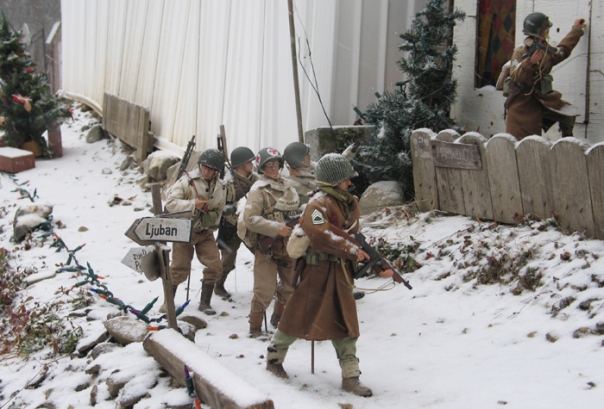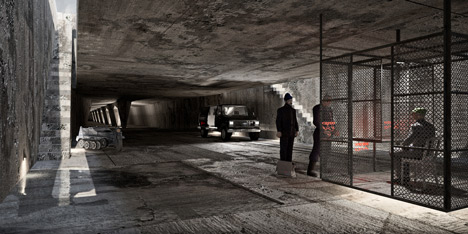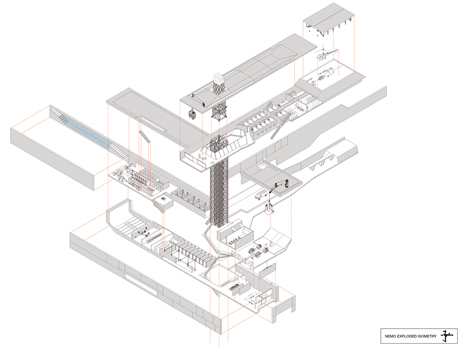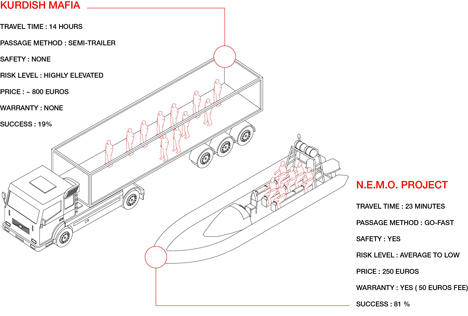The other day my friend Dan voiced a thought I’d been having for some time now: ‘It’s pretty fascinating,’ he said from across the table, ‘how disasters can actually create beautiful things too. Like, climate change—there’s gonna be some bad stuff, but there’s always a lot of cool, really beautiful things that come out of our destruction.’ I’m paraphrasing, obviously. I tried to get at his conversational, yet insightful tone, but I don’t think I succeeded.
But I’d been thinking similar things since reading Jared Diamond’s account of the early settlement of Iceland, how after they arrived in their boats, settlers went about raising grains and sheep just as they had in the British Isles. Though at first glance the island appeared to be similar topographically, Iceland was unique in geography and climate, which greatly affected its growing season. Eventually, 96 percent of its forests were gone, and half of its grasslands destroyed. “By the 1800s,” wrote Stephen Leahy in Earth Island Journal, “Iceland had become Europe’s largest desert; the people starved, and the once prosperous country became one of the world’s poorest.”
So when you go look at Iceland’s beautifully carved geography, its vast ravines and barren moonscape, know that it is a wasteland. A product of human failure, the utter destruction of nearly an entire people. Yet we would be telling ourselves only a half-truth if we were only to mourn this landscape. We can’t deny its beauty any more than we can deny the beauty of a photograph taken of a storm that might go on to kill hundreds of people.
Thinking of our ecological future reminded me of a brief description in Jim Shepard’s “The Netherlands Lives With Water.” I’ve read more than my share of urban plans and proposals for when the world begins flooding—some hyperbolic, others frighteningly practical—and this one is one of the better ones, maybe because it’s fictional, but I’m guessing it has more to do with how realistic yet imaginative it is.
“Sea-facing barriers are inspected both by hand and by laser imaging. Smart dikes schedule their own maintenance based on sensors that detect seepage or changes in pressure and stability. Satellites track ocean currents and water-mass volumes. The areas most at risk have been divided into dike-ring compartments in an attempt to make the country a system of watertight doors. Our road and infrastructure networks now function independently of the ground layer. Nine entire neighborhoods have been made amphibious, built on hollow platforms that will rise with the water but remain anchored to submerged foundations. And besides the giant storm barriers, atop our dikes we’ve mounted titanium-braced walls that unfold from concrete channels, leviathan-like inflatable rubber dams, and special grasses grown on plastic-mat revetments to anchor the inner walls.”
Think this is just fiction? Amphibious homes? That’s exactly what Morphosis Architects created in New Orleans.The FLOAT House was built as part of Make It Right’s efforts, led in part by Brad Pitt, to make the Lower Ninth Ward livable again. The people at ArchInnovations explain:
“In the event of flooding, the [FLOAT House’s] chassis acts as a raft, allowing the house to rise vertically on guide posts, securely floating up to twelve feet as water levels rise. While not designed for occupants to remain in the home during a hurricane, this innovative structure aims to minimize catastrophic damage and preserve the homeowner’s investment in their property. This approach also allows for the early return of occupants in the aftermath of a hurricane or flood.”
Nothing is static. The world we know has already been greatly altered by past generations. The next time you look out onto a great plain, ask yourself if it was always barren.






















